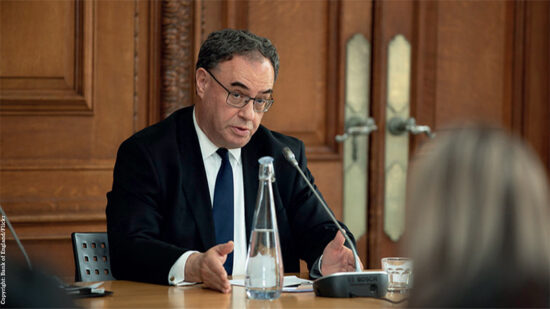In order to meet the EU’s climate change commitments made under the Paris Agreement, regulators have been rolling out a raft of new initiatives to improve disclosure levels and overall investor understanding of sustainable investments, writes Christophe Girondel, deputy chief executive at Nordea Asset Management.
For example, regulators implemented the Sustainable Finance Disclosure Regulation (SFDR) last year, requiring financial market participants to disclose relevant information related to the sustainability of products and processes.
One of the major aspects of SFDR was the classification of investment strategies into three groups: Article 6, 8 and 9.
Strategies promoting environmental or social characteristics are labelled as Article 8, while those with sustainable investments as the investment objective are Article 9.
While SFDR was a major step forward in terms of labelling and disclosures in relation to investment vehicles, it was merely the tip of the regulatory iceberg.
The next major stop on the regulatory journey for the investment community is an extension to Mifid II, which comes into effect this summer, on 2 August. Among a host of Mifid II requirements is one major change for advisers – the need to incorporate sustainability preferences in the overall client suitability assessment.
While determining client sustainability preferences is something some advisers are currently choosing to do, it will soon become something everyone must do.
Advisers face many crucial considerations
The ongoing sustainability revolution should not come as a surprise to the adviser community. In a recent survey we conducted with 1,200 retail investors across Europe, three-quarters of respondents were of the belief investment decisions can make a difference in creating a more sustainable society.
This desire to deliver a positive social and environmental impact has been a primary driver behind the significant demand for ESG-aligned solutions in recent years.
Even though some advisers may still be grappling with SFDR fund classifications, the expanded Mifid II regime goes above and beyond the SFDR product categorisation – which will undoubtedly heighten complexity in the coming months and beyond.
While all funds classified as Article 9 under the SFDR are expected to be Mifid-eligible, not all Article 8 funds will be. There are additional criteria the managers of investment products must meet, over and above an Article 8 label, which is likely why we have recently seen numerous instances of fund classification changes in recent months across the industry.
Advisers have a lot of choices ahead. Firstly, they must need to choose whether they will operate a sustainability product offering alongside a more traditional range, or simply transition to a sustainable suite of strategies.
They will also need to determine where the bar is set in terms of the sustainability products they select. This is a careful consideration, particularly as the current focus on greenwashing is only going to intensify in the months and years ahead.
Asset managers must impart expertise
Continued investor demand for sustainable solutions represents a massive opportunity for advisers already well along the business model transition path. However, there will be many intermediaries daunted by the ever-evolving regulatory maze.
This is why asset managers must continue to play a leading role in the regulatory evolution.
Many asset managers, such as us at Nordea, have undertaken significant work on our own Mifid II implementation.
Therefore, it is imperative our industry works with advisory groups of all sizes to educate workforces, as the new Mifid will require a robust knowledge of regulations and ESG.
While all of our Article 8 and 9 funds – which represent 66% of our total AuM – will qualify as suitable for clients with sustainable preferences once the new Mifid eligibility requirements are in place, advisers cannot assume this will be industry standard.
While the asset management community must improve disclosure levels the post-Mifid world, ultimately the decision about client suitability rests with the adviser. With only a few weeks until the regulation comes into force, there is no time like now to ensure you have all the building blocks in place for a successful future.
This article was written for International Adviser by Christophe Girondel, deputy chief executive at Nordea Asset Management.








